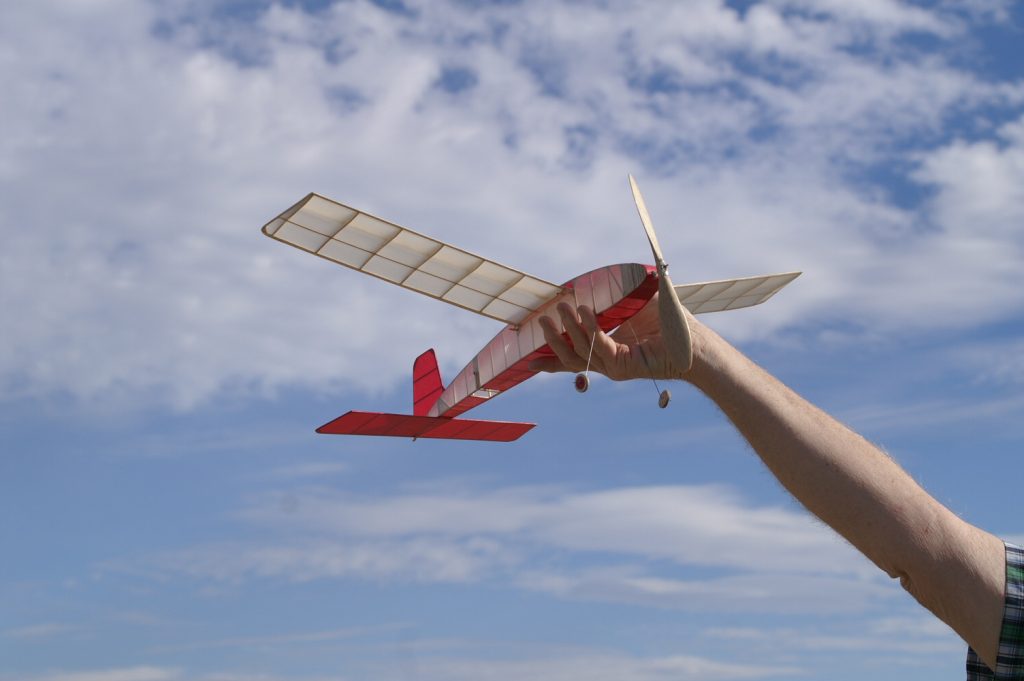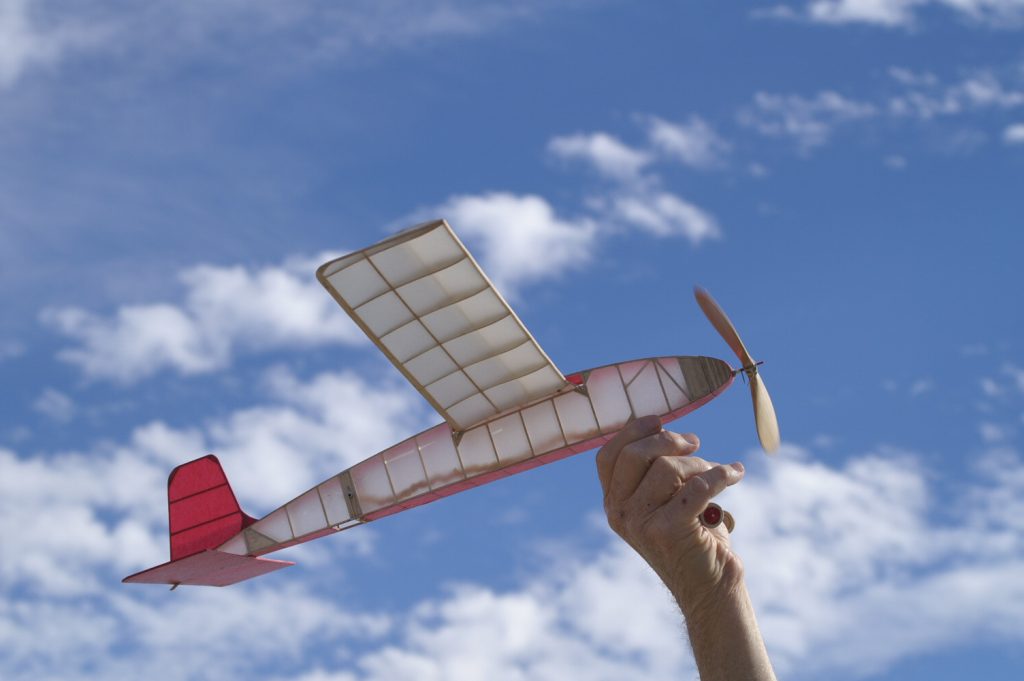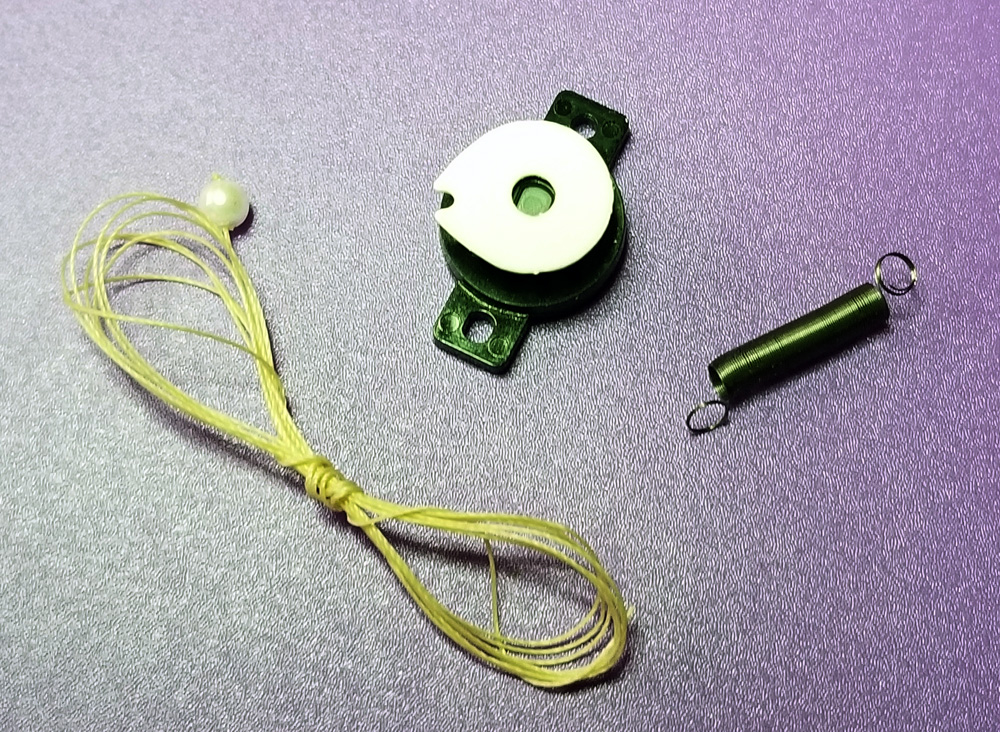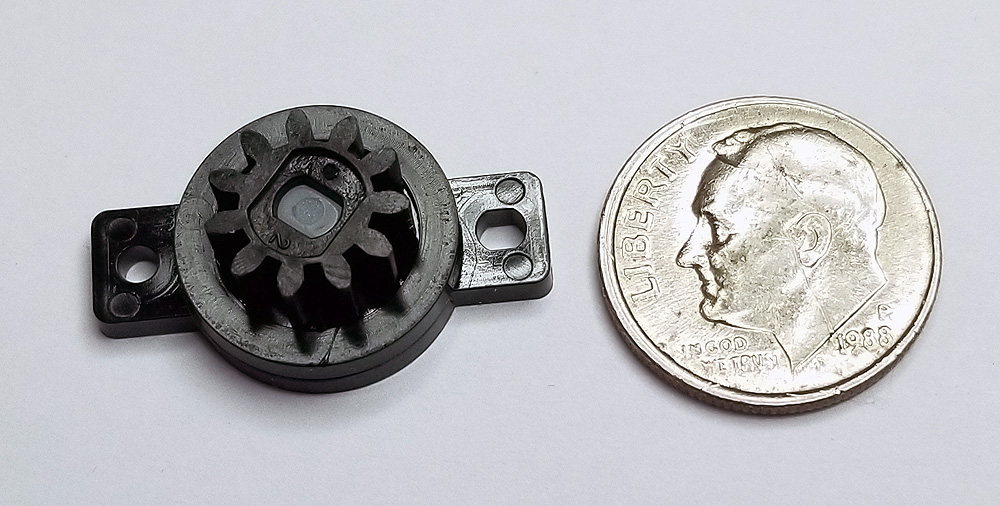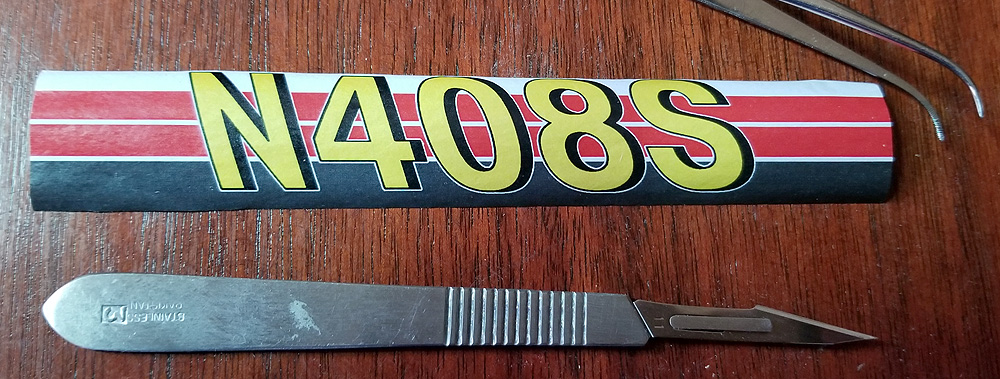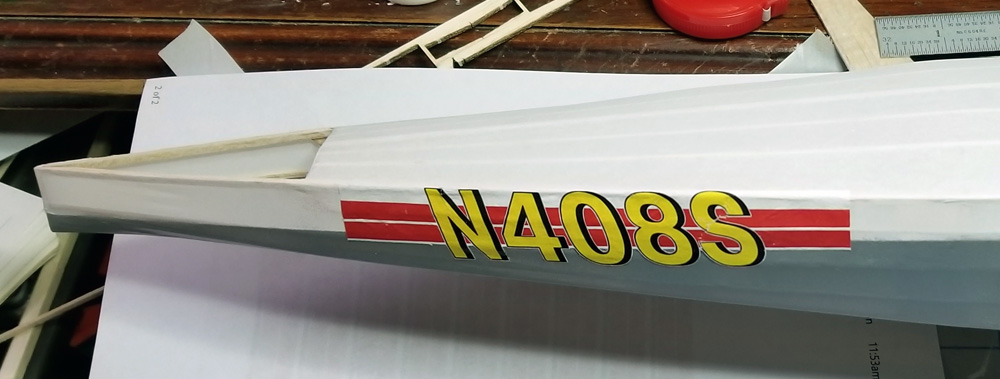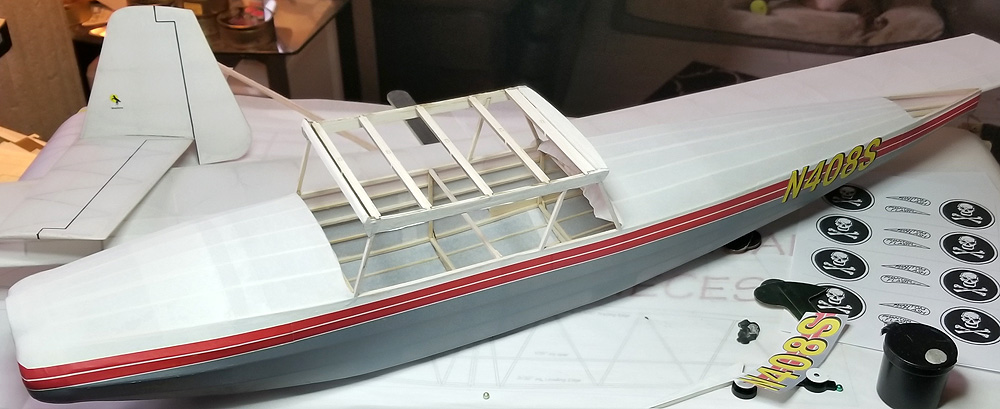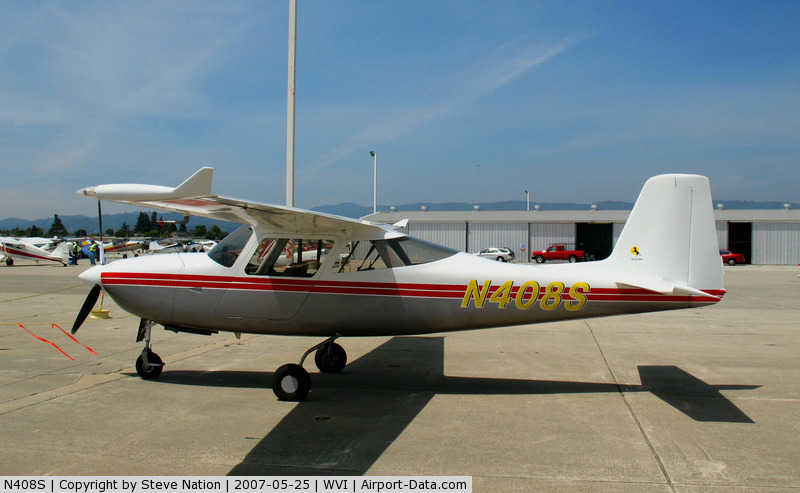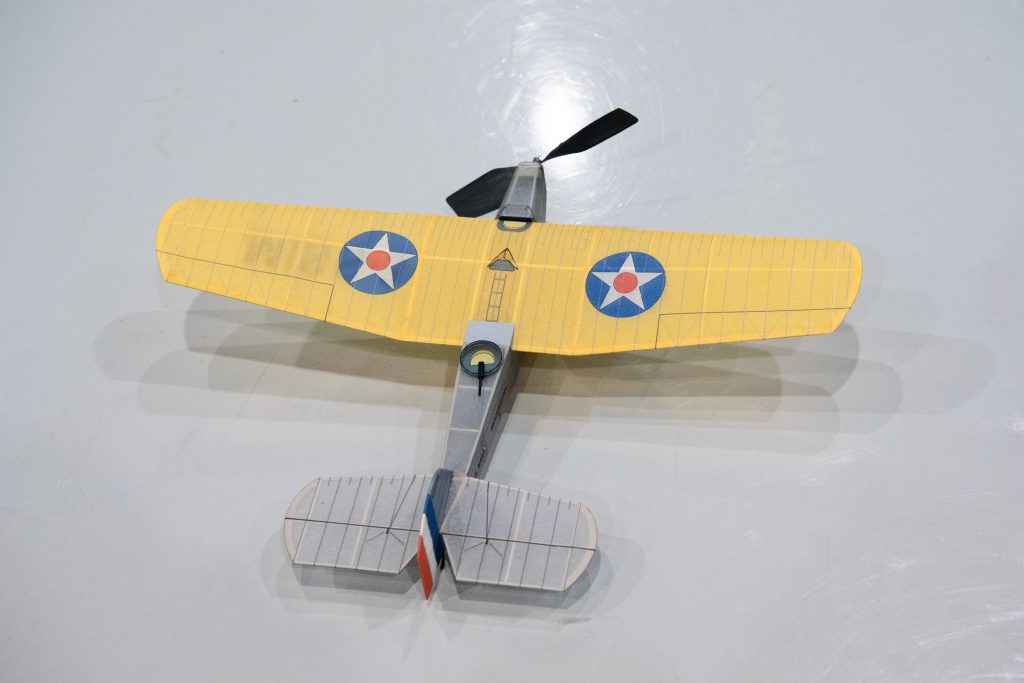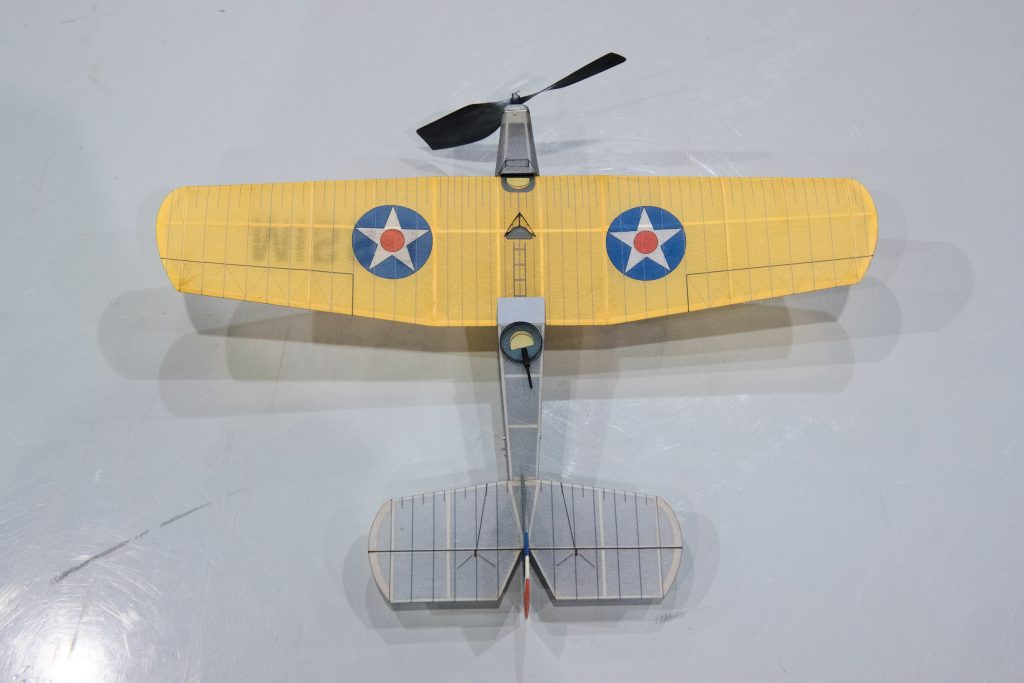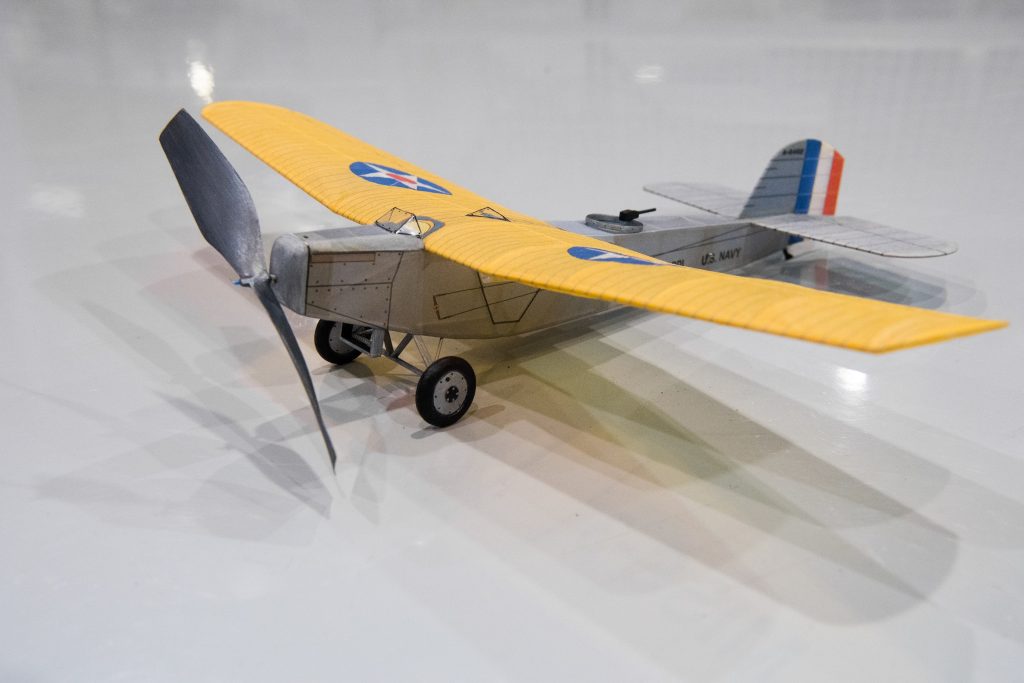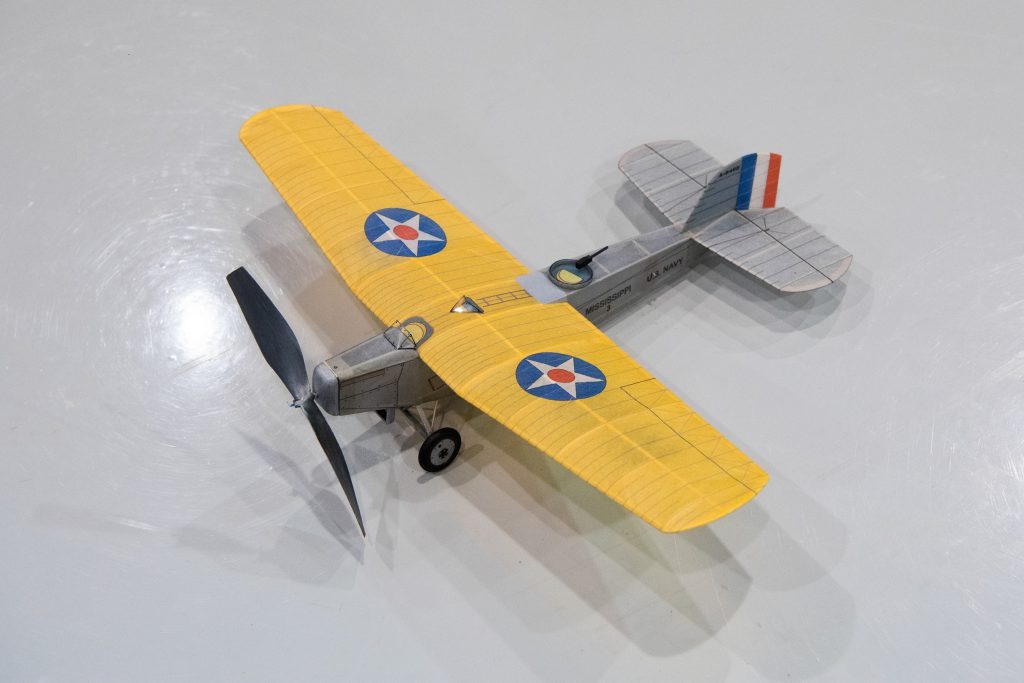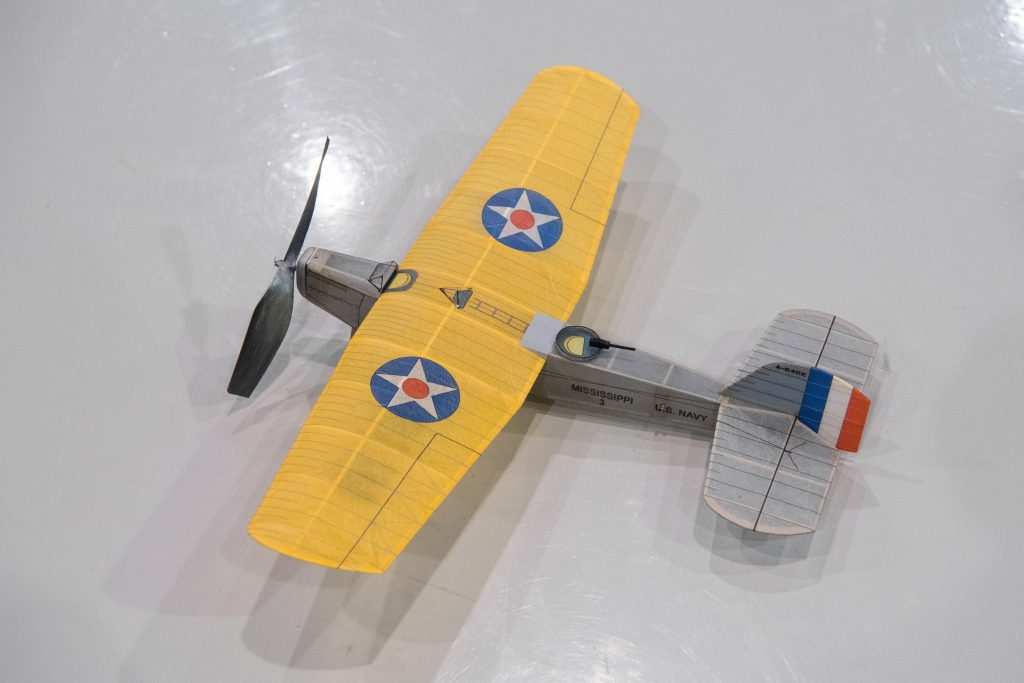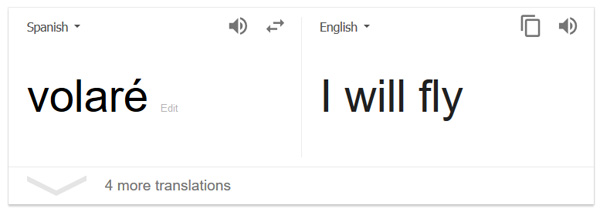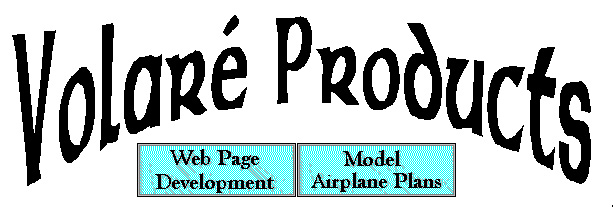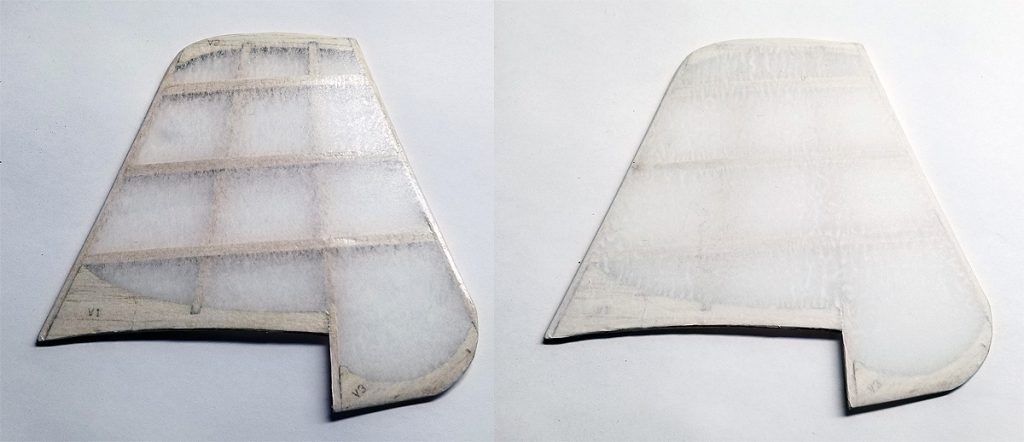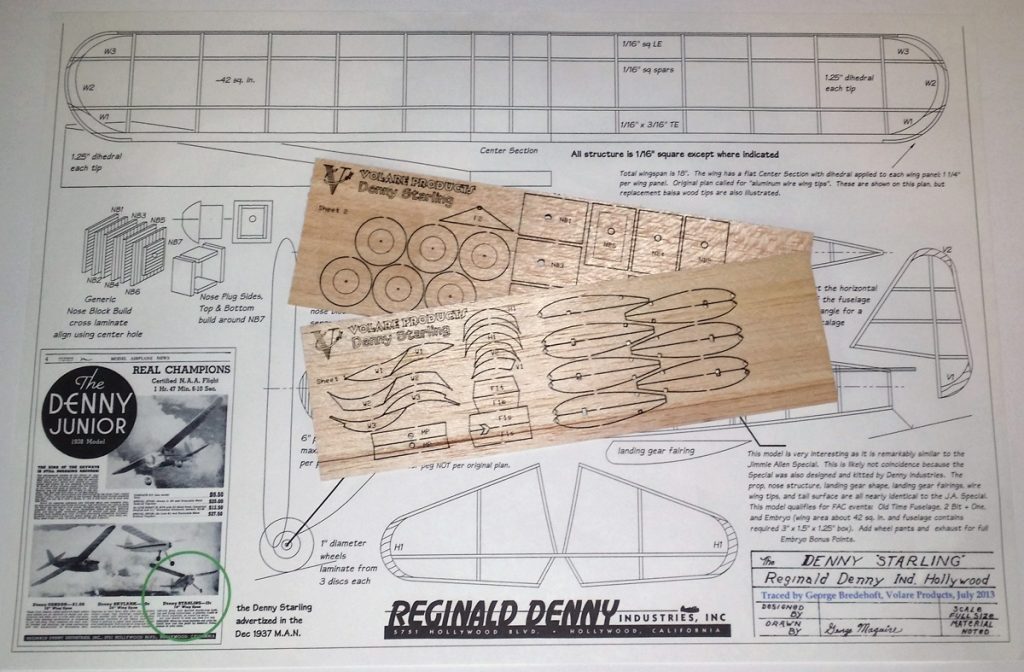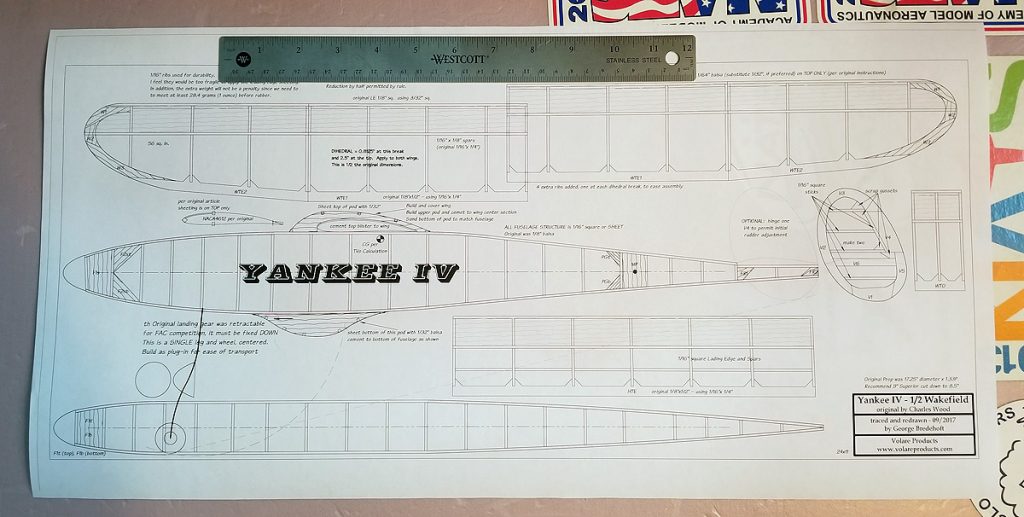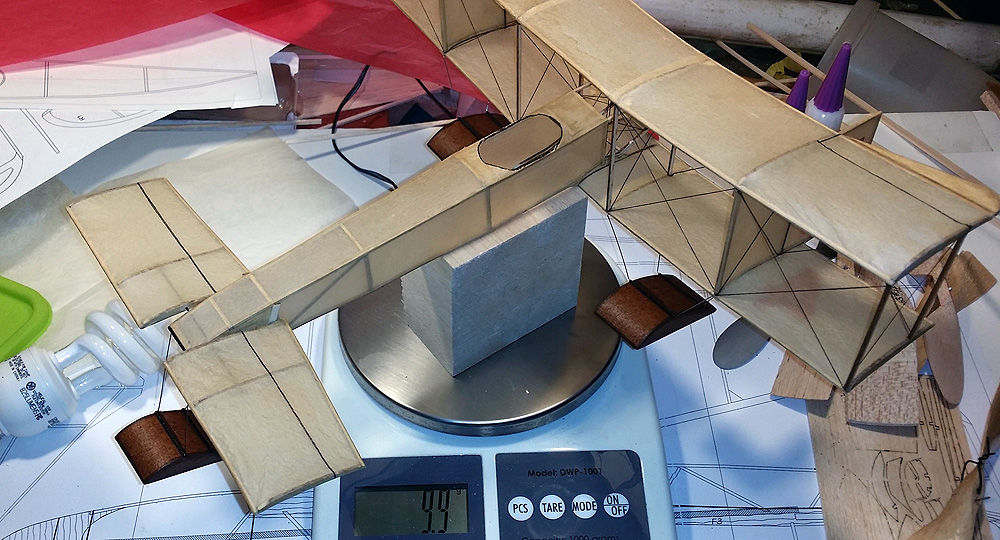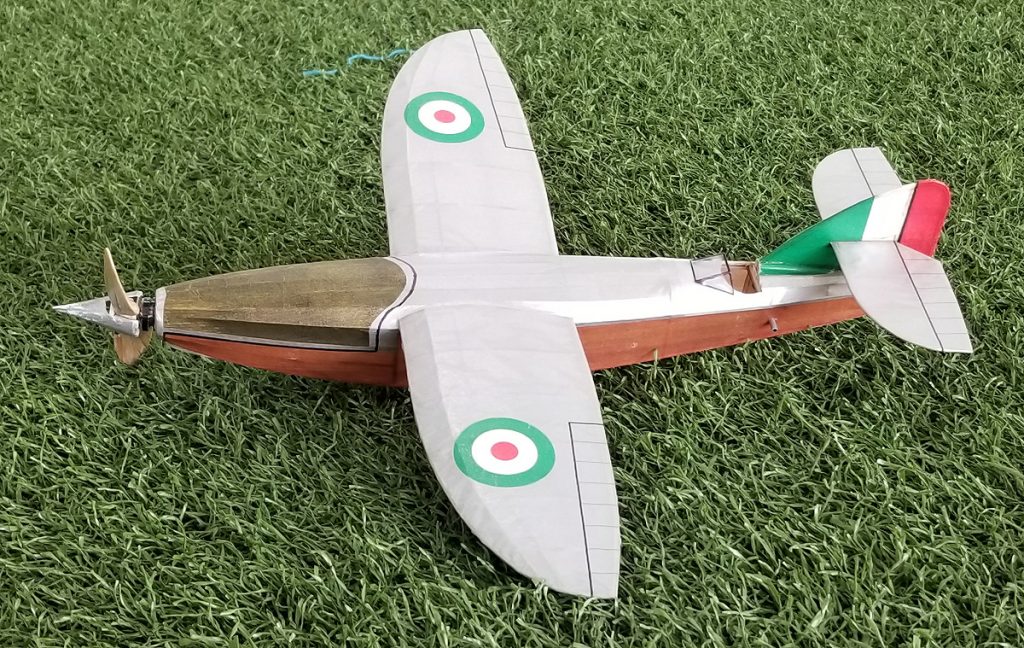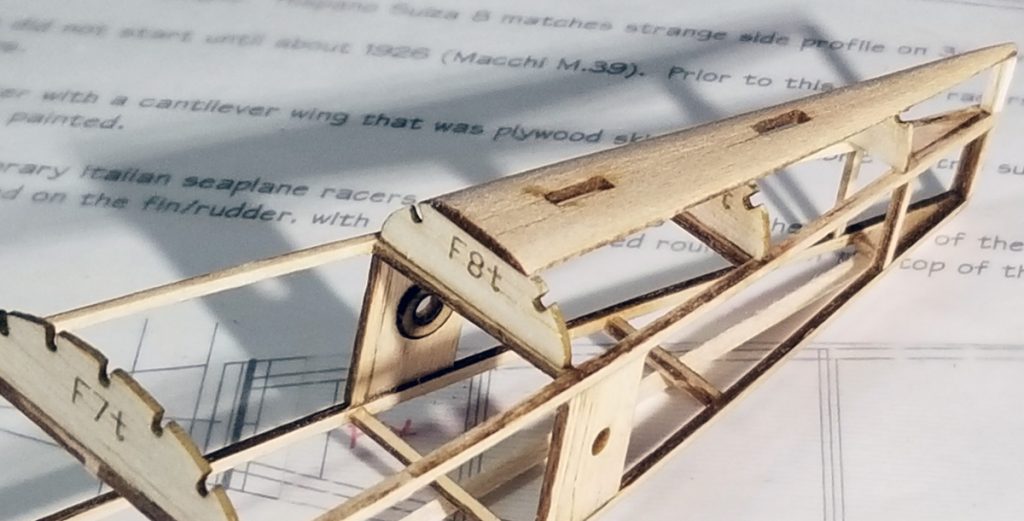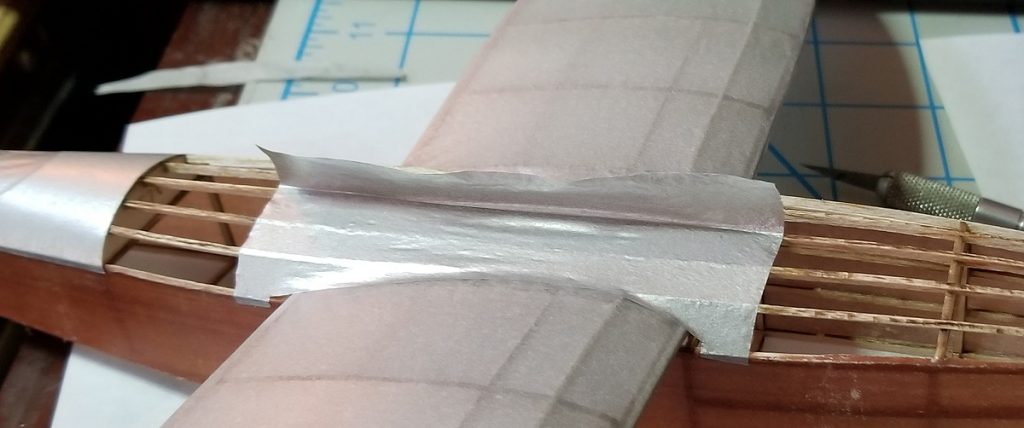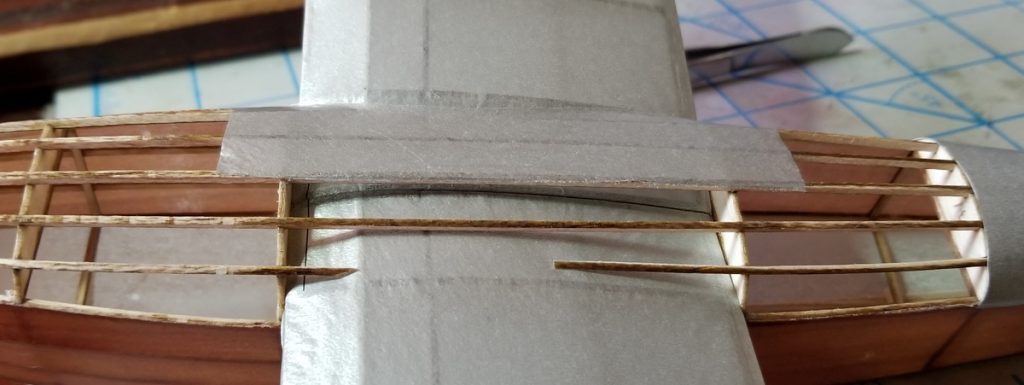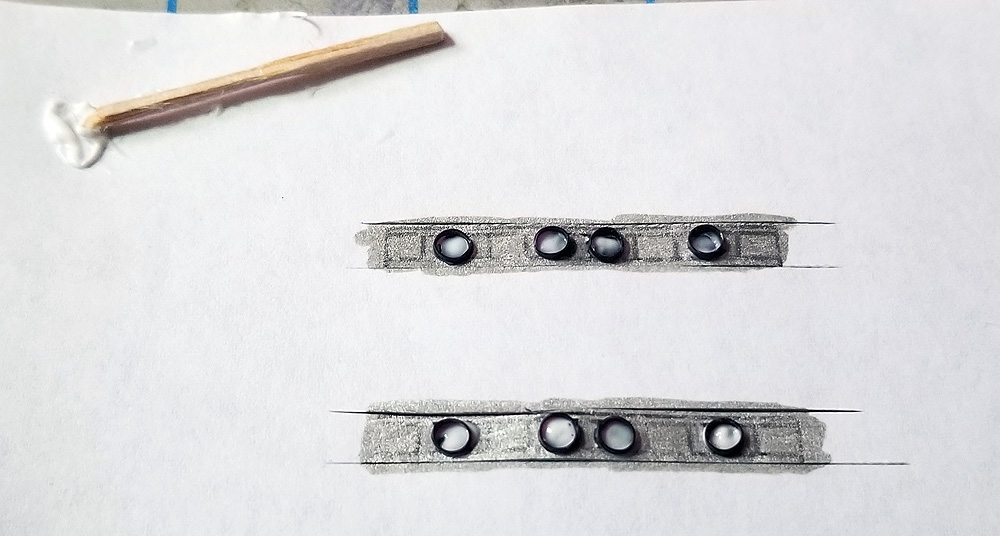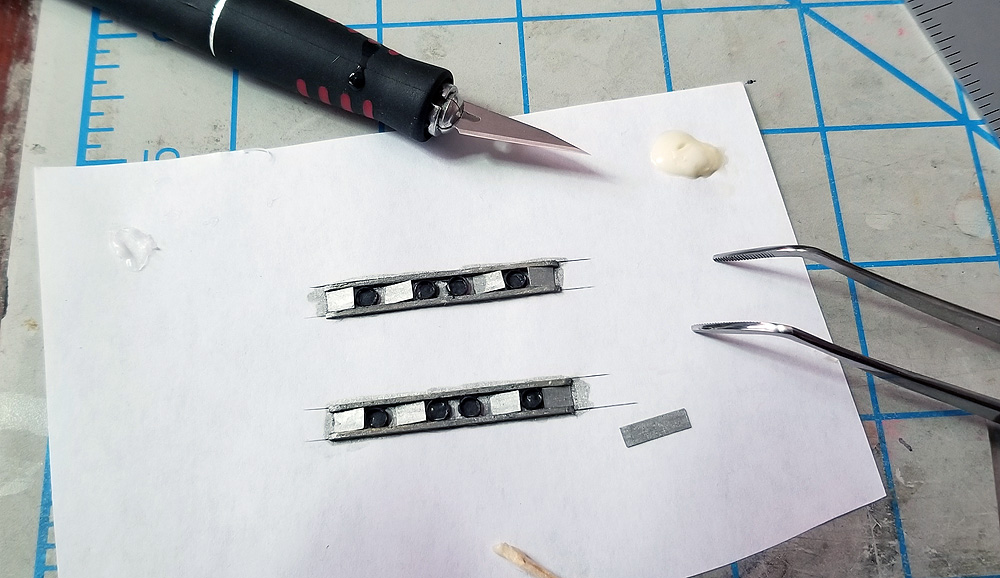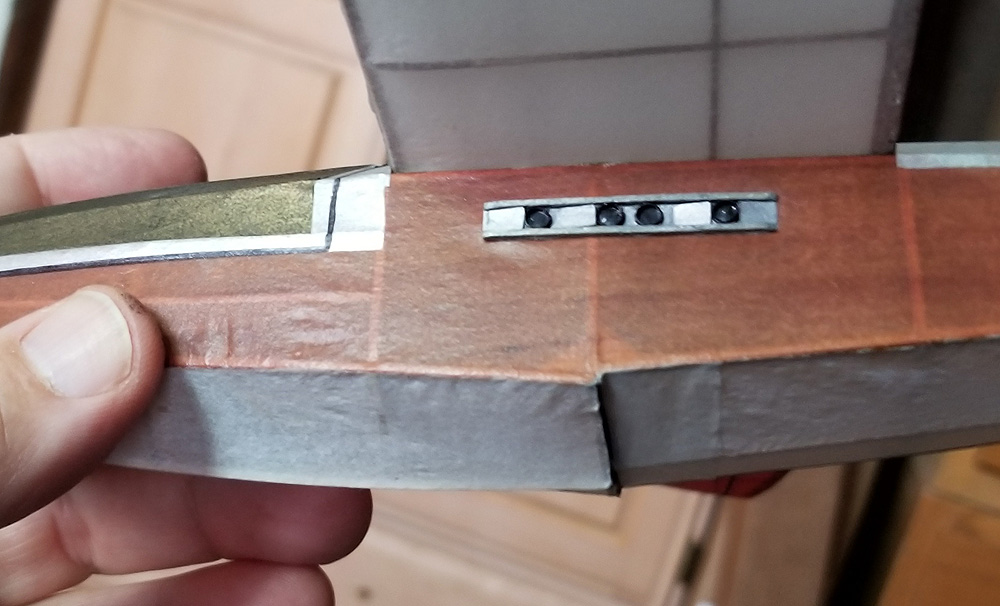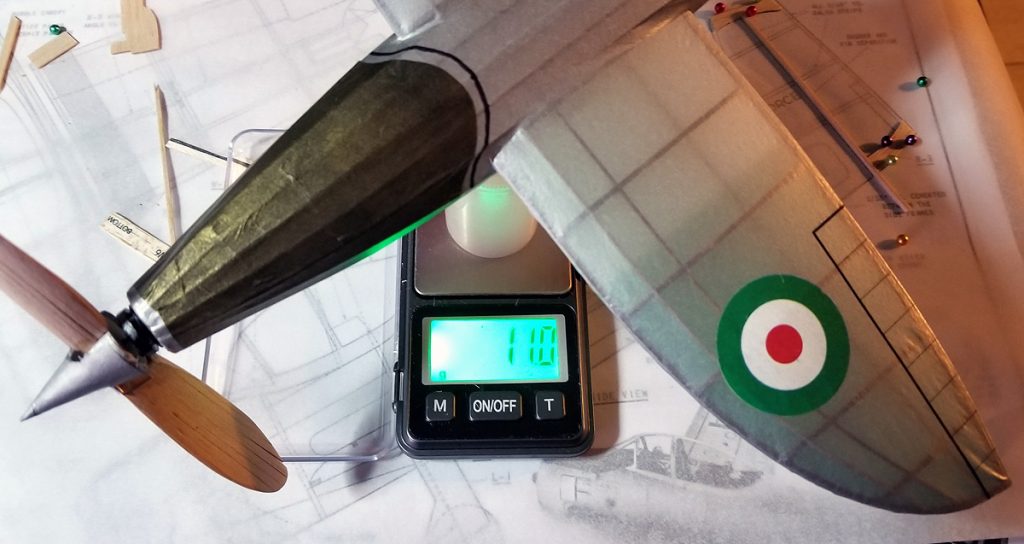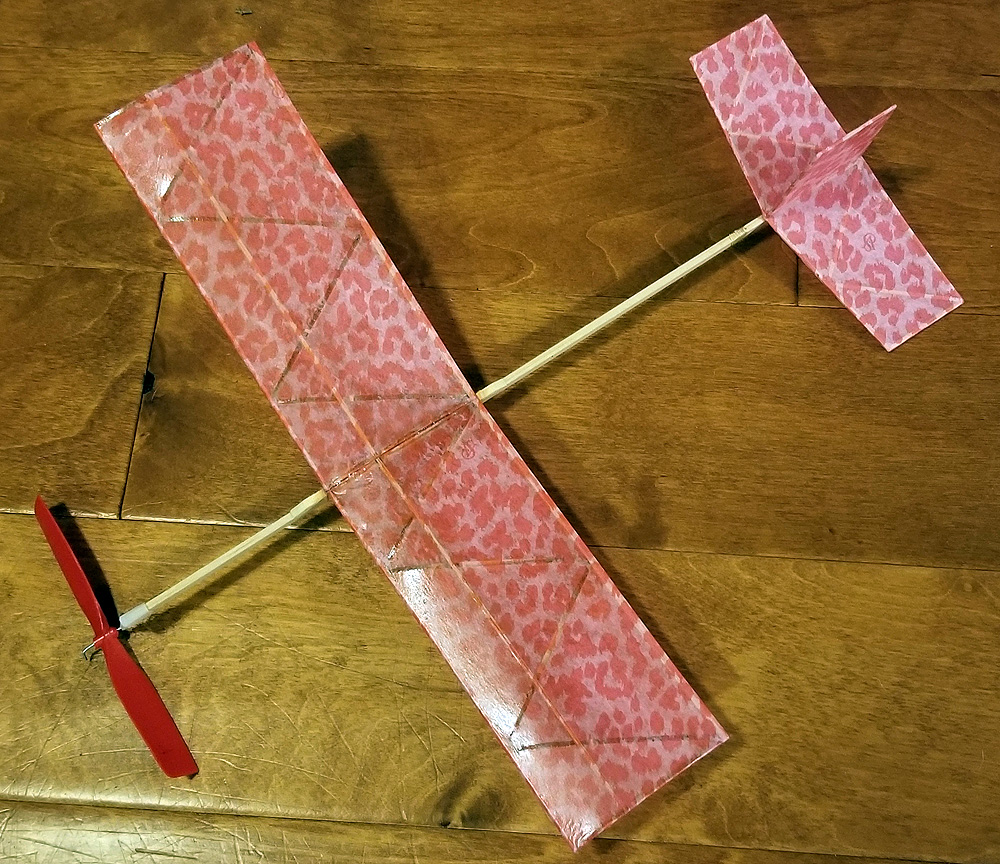I often feel guilty about the rates I charge for postage. Often I don’t worry about it, but sometimes it is called to my attention, often by customers or potential customers. Here are two tales of my misery for you to consider.
One day, I got a call from a potential customer from California. He asked about a small item or two that I offered and asked what the postage would be. I replied that I ship USPS Priority and I charge a flat rate and that rate to California is $9.
(Note: a peek behind the robes – I use USPS Priority because the boxes are free. Almost all of my shipping can be accomplished by utilizing these free boxes. I also use leftover free newspaper for packing material. I try to keep all my prices reasonable and low cost of supplies helps me to do that. Back to the story…)
He was shocked. “well, I can ship things east for about 3 and a half bucks!” “Yes, but I ship Priority and charge a flat rate. If you buy those two small items or a pound of rubber, it will cost you $9. You might pay more today and you might get a bargain next time.” He would not be soothed. He retorted “That’s ridiculous! You just lost a $300 order!” and slammed down the phone. Well, buddy, you didn’t say you had a $300 order, but if you had, it would have shipped for $9. That was earlier this year.
The second story – I guess this happened this week. Today, I got sucked down the internet rabbit hole. I almost never go to the RCGroups site – why should I? Well, it turns out they DO have a Free Flight section. I was scanning through the subject titles on this FF Forum and saw one “Finally Found Some Rubber”. Being a distributor of rubber for Free Flight models, I thought I would take a peek.
I will copy the person’s entire post here; I don’t want to misquote or spin this. But I do know I risk the wrath of customers everywhere sharing this, maybe they feel the same way:
“Finally got some decent rubber and need to get my sparky in the air so checked out 2 known FF outfits wanting to buy some come to find out the postage was as much as the item I was wanting. postage rates are bad enuff these days then individuals wanting the rediculas amount for mailing is insult to injury 
But did locate an outfit on ebay for a very reasonable price that wont rape ya on postage, so finally have some on the way  ” (pasted just as posted: typos, smilies and all) (maybe that is why I never go to RCGroups!)
” (pasted just as posted: typos, smilies and all) (maybe that is why I never go to RCGroups!)
More internal operating details for you to consider, especially if you are thinking of starting a mail order business (that doesn’t include brides). I subscribe to a postage service, so I get a better price than I can get through the post office. Even with the reduced rate, the postage you pay me is just barely enough to cover the cost of postage. You might expect that you should pay exactly what postage costs me. I could do that, but it would involve weighing each item I sell and annotating its weight in my online store – and I have roughly 400-500 products in my store at any given time. So flat rate saves me more time.
The average postal charge to me for an order is something like $1-$2 under what I charge you. Maybe you think that is unfair, but maybe you don’t understand. The least I get charged is just under $7 for a shipment to Michigan or Ohio (where I only charge $7.50). I have justified it to myself that that 50 cents or $1 or maybe $2 overcharge covers two things – my time and the charge for heavier packages.
My time. If I were to hire you to pack my orders, what wage would you expect me to pay you – $1 or $2 a box? Hmmm…. probably not. Oh and if you pack up a heavier package, maybe that excess cost comes out of your pay?
Heavy packages. Did you the Post Office forces Priority Mail on packages over 1 pound? At least that is what I see in my postal service. Did you know that a package over 1 pound shipped to California costs me about $10.50 to ship? And yet, I still only charge you Cali-customers $9.
So heavy packages cost me money, but it is balanced out by the lighter packages that I ship (and I guess my time is free).
As a customer, you get to feel “raped” every time you place an online order. Me? I feel like I am forced to abuse my customers several times a day. But I cannot change it and still provide a service to you. So I have to swallow my guilt and click the “buy more postage?” button.
I do appreciate every one of my customers that have never even thought to mention the cost of shipping. It’s a bitter pill for both of us and as long as we understand that the “rediculas amount for mailing” is by far one of the cheapest forms of door-to-door delivery, then the happier we will be.
P.S. the hardest packages for me to fill are the “1 pound of rubber plus two sheets of tissue” orders. Think about how you might pack those up so the heavy rubber doesn’t smash the delicate tissue…ugh…
P.P.S. I am VERY close to releasing one, Two, maybe even THREE new short kits! That is in addition to the one I already put in the store, but never announced!
P.P.P.S. There was snow in the air again this morning – will it ever warm up?

